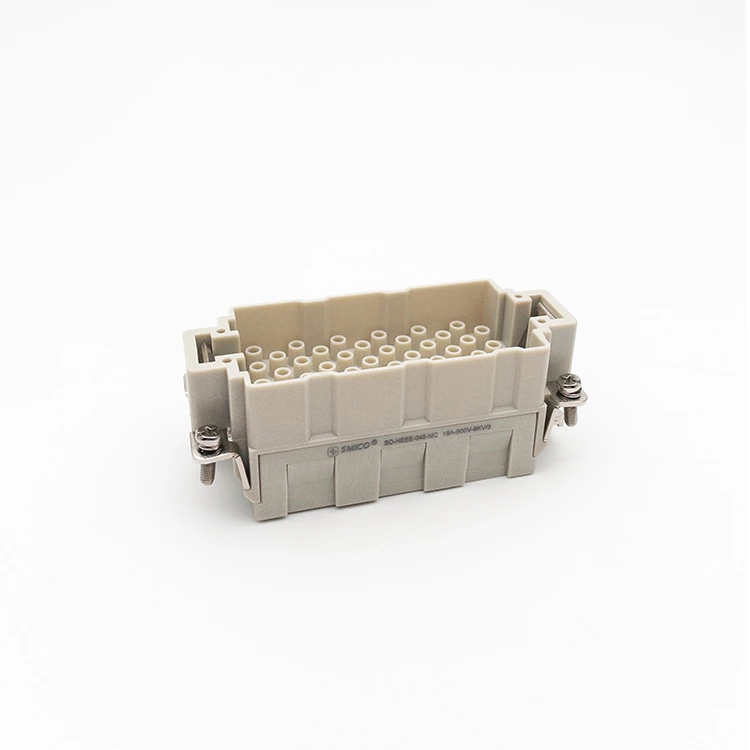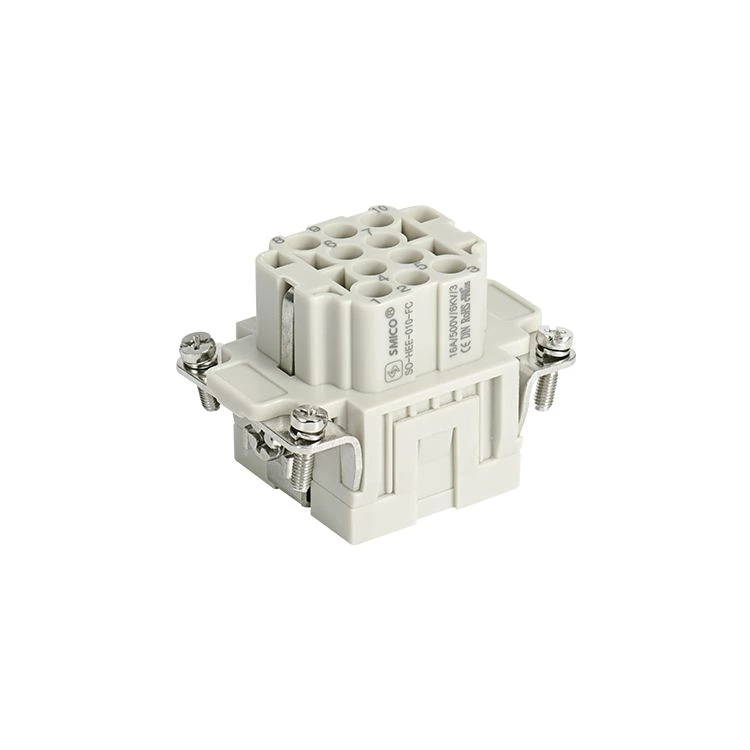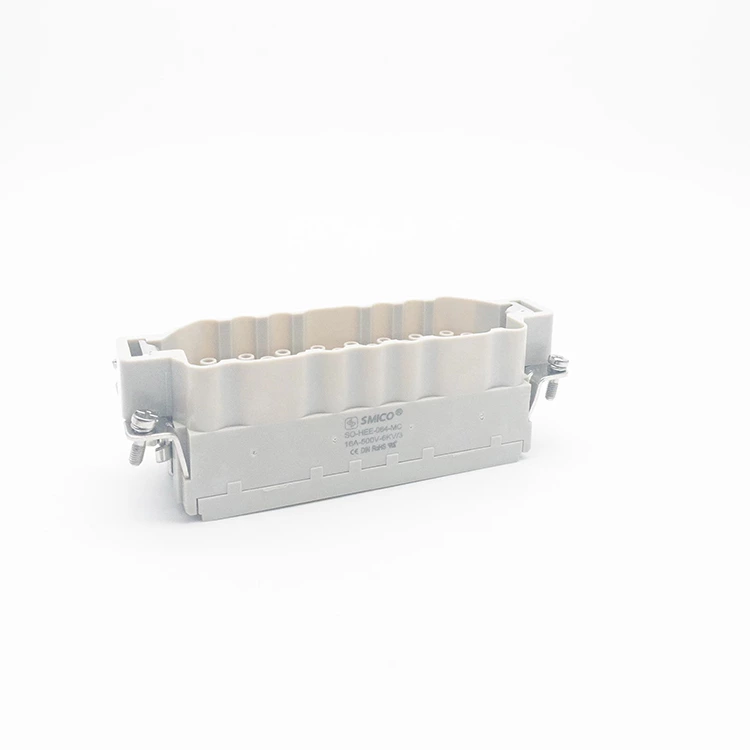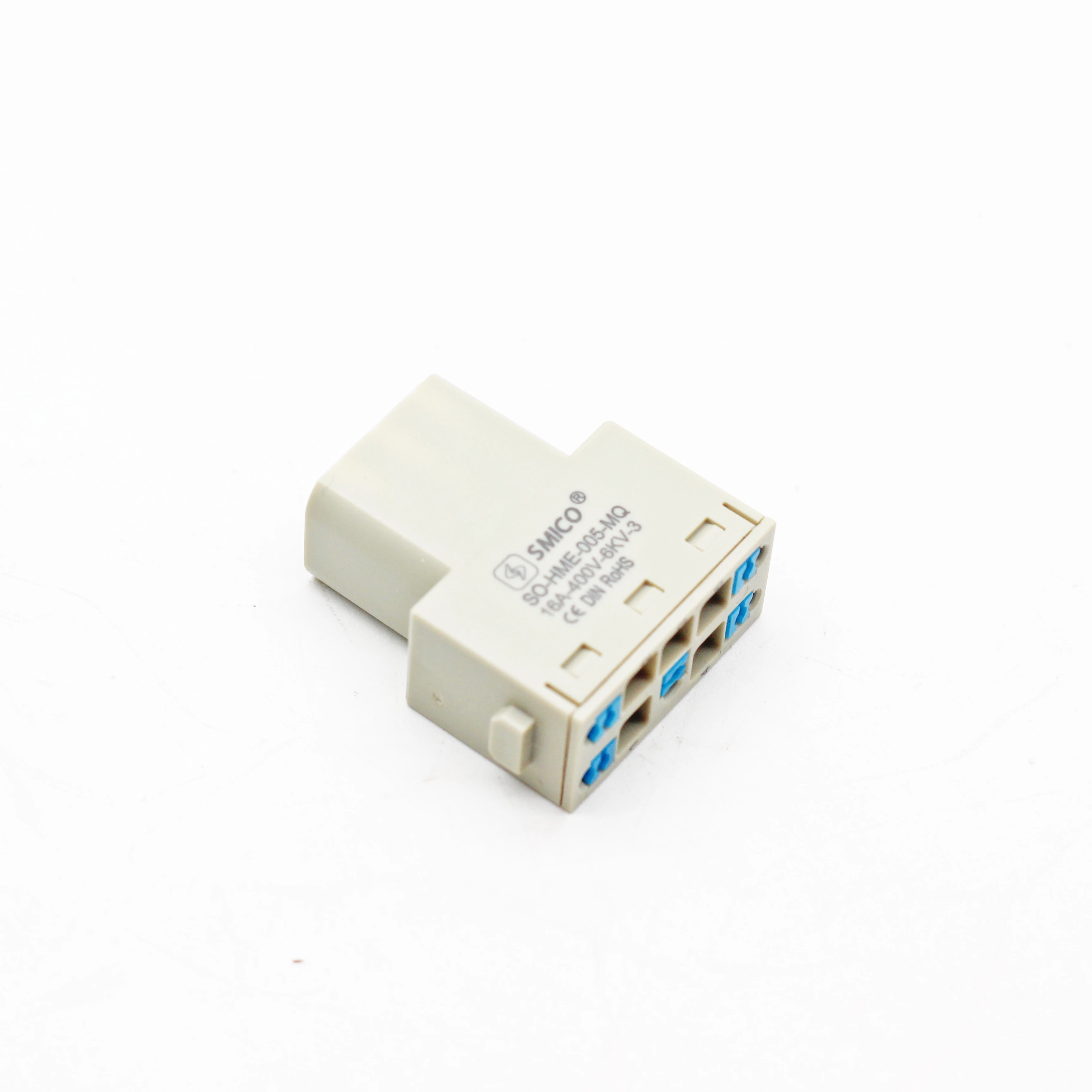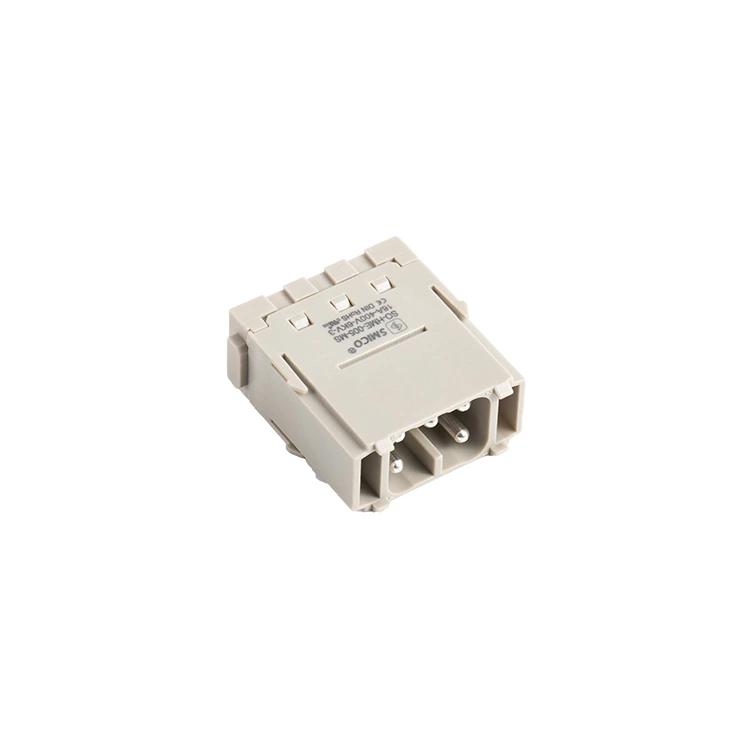Three Basic Performances Of Connectors
Heavy Duty Connector is an indispensable component in electronic equipment. It builds a bridge of communication between blocked or isolated circuits in the circuit, so that the current can flow and the circuit can achieve the predetermined function. The form and structure of the connector are ever-changing. There are various forms of connectors depending on the application object, frequency, power, application environment, etc. Although there are many types of connectors, the basic performance of connectors can be divided into three categories: mechanical performance, electrical performance and environmental performance.
Mechanical performance
In terms of connection function, plug-in force is an important mechanical performance. Plug-in force is divided into insertion force and extraction force (extraction force is also called separation force), and the requirements of the two are different. There are maximum insertion force and minimum separation force regulations in the relevant standards, which shows that from the perspective of use, the insertion force should be small (thus there are low insertion force LIF and no insertion force ZIF structures), and if the separation force is too small, it will affect the reliability of contact.
Another important mechanical performance is the mechanical life of the connector. Mechanical life is actually a durability indicator, which is called mechanical operation in the national standard GB5095. It is based on one insertion and one removal as a cycle, and whether the connector can normally complete its connection function (such as contact resistance value) after the specified insertion and removal cycle is used as the basis for judgment. The insertion and removal force and mechanical life of the connector are related to the contact structure (positive pressure), the quality of the contact part coating (sliding friction coefficient) and the contact arrangement size accuracy (alignment).
